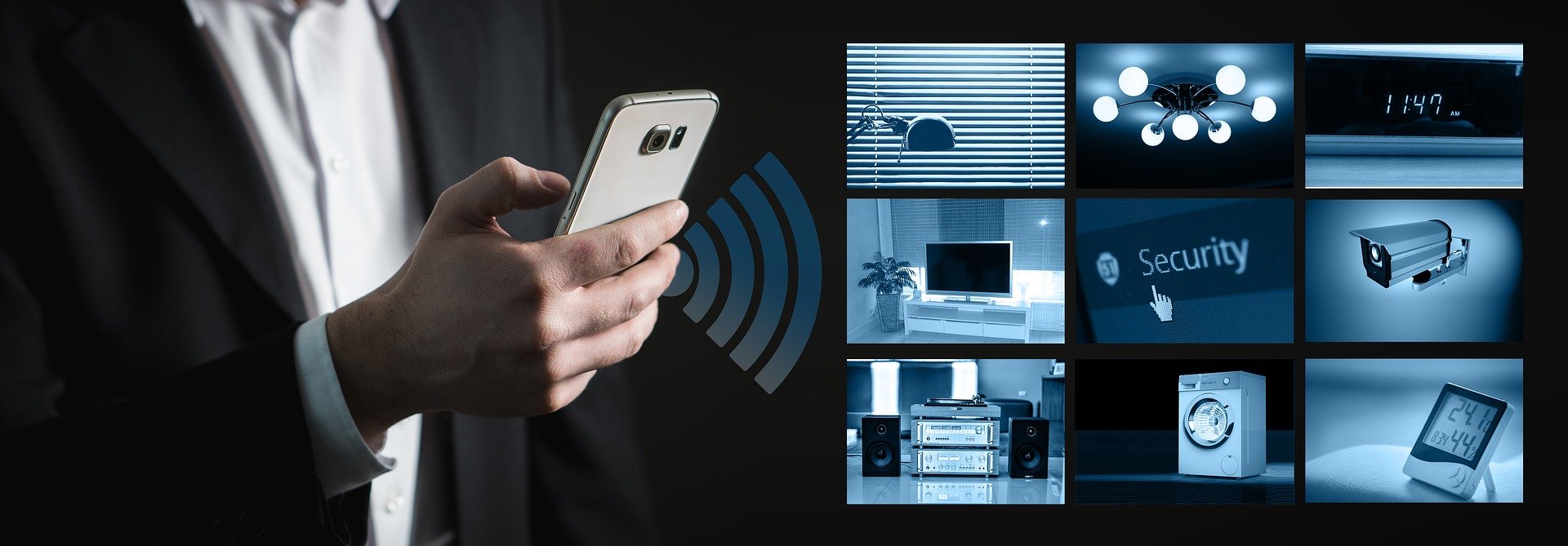These wireless protocols provide solid layer of security by providing authentication and encryption to absolutely safe guard your wireless network. Fortunately, all of the wireless developers out there worked their bum off to provide this heavy security tools that anybody can use to put on such massive guard. Wireless authentication works the same way wired authentication takes place. Such as- checking for user’s credentials and based on the verification user will get access to the network.
Let’s get to know about some generations of wireless security protocols.
WEP
In the early days, a protocol has been developed called Wired Equivalent Privacy (WEP) which was an attempt to endure the data security while they are on transit over airwaves. This encryption uses a standard 40-bit encryption to secure data packets. There are also vendors who support 104-bit encryption. It is worth noting that some of the vendors advertise 128-bit encryption, in practice, they use a 104-bit encryption key.
WEP still includes some pitfalls which exposes it some vulnerability but still far better than having no encryption at all. But for the people who really knows stuff, won’t be thing to hacksaw your data packets. Also, every users WEP encryption is the same which makes one user’s traffic vulnerable to other member of the user.
WPA
To improve the WEPs quality and solidity, WPA cam in with the response. This is Wi-Fi Protected Access (WPA) protocol. WPA improves its quality with the Temporal Key Integrity Protocol (TKIP) which provides a new kind of encryption for every data packets transferred.
This was a huge step to give any attackers hard time and make them give up. Unfortunately, this protocol has been deprecated since it also has flaws. WPA offers heavy industry standard integrity checking and user authentication with the Extensible Authentication Protocol (EAP).
EAP alone provides heavy security layer over WEP encryption. Even with these heavy security, WEP remained as an short term solution to heavy security until the IEEE 802.11i came in. IEEE is the wireless security standard committee who decides and finalize various wireless security standard.
WPA2
With the WPAs vulnerability concern addressed, came in the WPA2. Today, all of the major operating system, macOS, Linux and Windows support full blow IEEE 802.11i standard, which is this WPA2 ( Wi-Fi protected Access 2) to absolutely lock down your wireless network. This protocol uses the Advanced Encryption standard (AES) along other nifty improvements that provide a secure layer of wireless networking environment.
Make sure your wireless network is up-to-date with this standard protocol. Every WAP support WPA2 as well as most of the routers support backward compatible mode for the clients who still uses the first generation WPA. This is useful when someone is using older network cards or WAPs 802.11b wireless networking.
WPA3
The final successor of WPA2 is WPA3 and came out in 2018. Support for WPA3 is still in progress and as of now in 2022 we have decent support for WPA3. This going to be widely applicable soon which will replace the WPA2 but not yet quite made it there. WPA3 addresses some of the issue concerning security and usability issues like encryption to protect the user data on open or public networks.
Anytime you come across a WPA3 compatible device, whether your own or someone else’s, disable WPA2 and enable WPA 3 protocol.
WPS
Many people configuring wireless network blindfolded, the implementation of passwords and encryption might send a shiver down the average users spine. Most of the people tend to just plug in their device and off they go! Since every user should have their wireless network secured, the Wi-Fi developers created Wi-Fi Protected Setup (WPS), which became the standard on almost every WAPs and clients to make sure the connections are definitely secured and also easy to configure.
WPS works either one of two ways. Some devices have push button and some uses password/code combination.
In the scenario, where you want to connect to a WPS wireless printer to a WPS capable WAP. You need to press the button on the printer for a short moment and then you have a set time to press the button on the WAP which is usually two minutes. With this the secure connection should automatically be built. Some devices use code, which may be an eight digit numeric code printed on the device. Still WPS have security flaw and hackers can tap into it.

